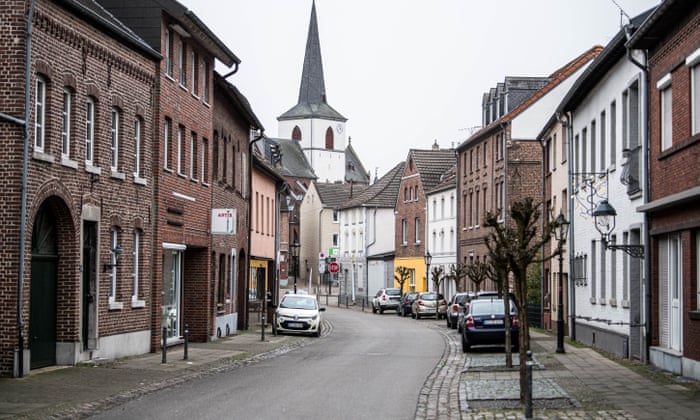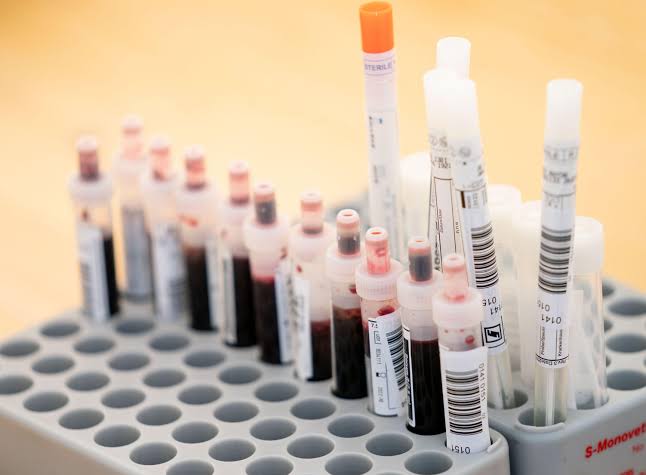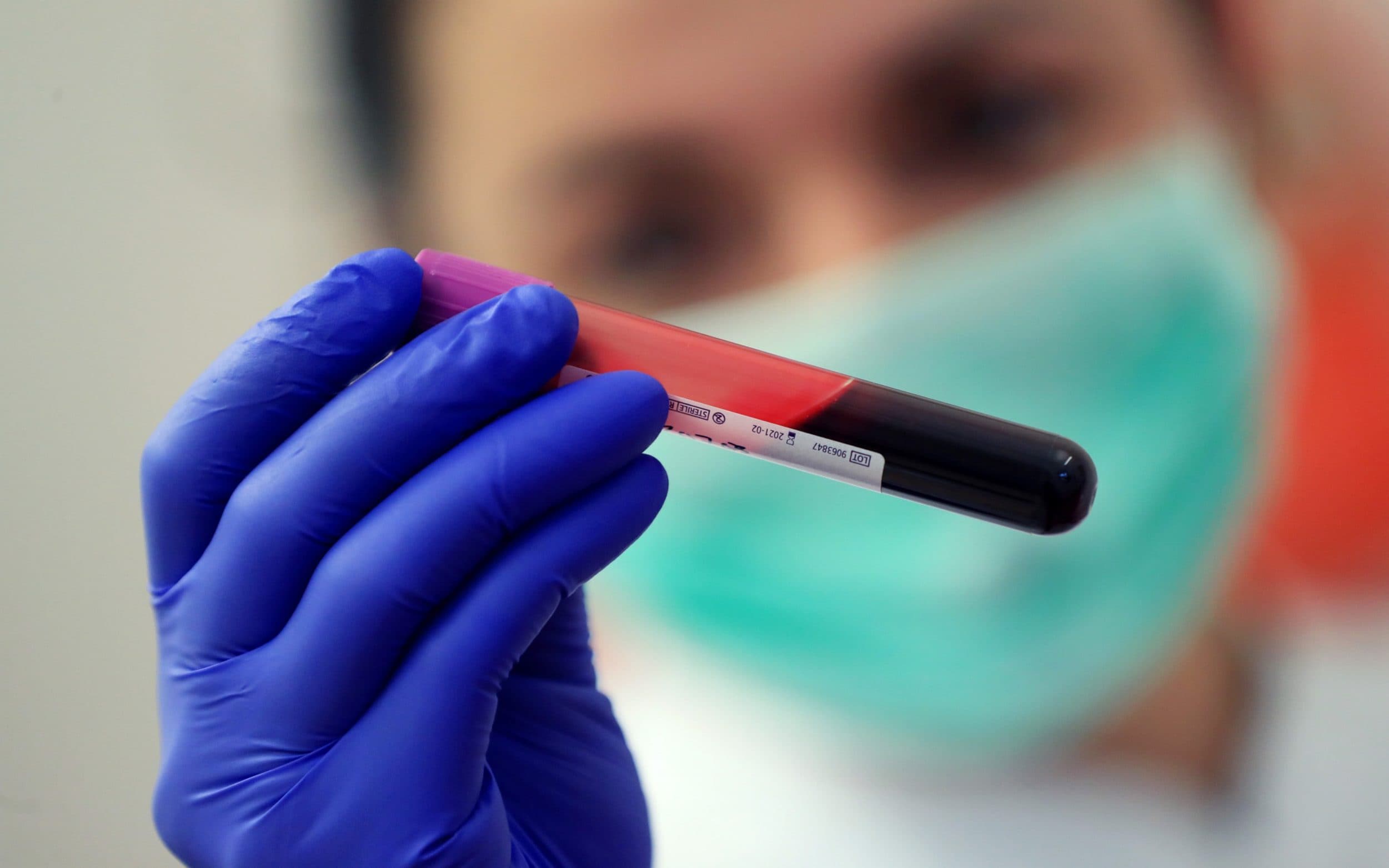
With the lockdown that was globally implemented due to the current health crisis, citizens are disconcerted because of the continuous spread of coronavirus. It was labeled by the World Health Organization as a pandemic.
According to a study, there are three ways to put an end to the unprecedented outbreak. The first one involves restrictions on free movements and assemblies where the majority of the countries has been currently practicing. The second one is thru aggressive testing that entirely interrupts the transmission of the disease and. The last one is potentially effective but horrible to consider. It is to wait until people get infected by the virus and later survives the disease (herd immunity). The spread of the virus is almost impossible to control. It keeps on spreading and numerous people will be sick and later gains immunity. The outbreak will fizzle out on its own as the virus finds it harder to find a susceptible host.
What happened in Gangelt?
14% of the people in Gangelt, Germany has been infected by the coronavirus. Gangelt is a municipality near Netherlands’ border that was hardly hit by COVID-19 after their carnival celebration last February 2020. It drew thousands of people in the said event which turned the occasion into an accidental petri dish. On a present-day, after the long search for antibodies from the blood of its tested 500 residents, scientists from the town’s university have determined that one among seven individuals have been infected by the disease and, therefore “immune” while some of those people are not showing any symptoms at all.
Has Gangelt reached the herd immunity?
A brief report written in the German language posted online states that it has big implications for how soon that the town, and the rest of the world, can come out from lockdown. A doctor and social science researcher at Yale University, Nicholas Christakis stated that “To me, it looks like we don’t yet have a large fraction of the population exposed, they had carnivals and festivals, but only 14% are positive. That means there is also a lot more to go even in a hard-hit part of Germany.”
The infection rate
The infection rate in the region is important because, the bigger it is, the less pain would still occur. At the end of the day, when enough people are immune, the virus will no longer spread further. The study that has been mentioned is effective but an unideal way of controlling the virus spread. The German town isn’t even close to that threshold yet. To Christakis, the initial figures are unfortunate because it only explains that the virus still has more impairment to do.
What does the data say?
The conducted examination is surely among the first to survey a population for the evidence of prior infection data. The experts still need to determine how far the pandemic would still spread, the real death toll and how many people who have not shown any symptoms at all. The official global case counts of COVID-19 to the day of this writing are 1.5 million. The reckoning mostly includes people who seek medical help and get tested. The accurate number of the infected people, including those who did not show any symptoms, and those who also did not undergo testing is far higher.
The serology tests
During the 6th day of April. Stanford Medicine made its announcement that it had also launched its very own serology test and began screening the medical practitioners for antibodies. The test will dictate which among the healthcare workers is at low risk of working with the coronavirus patients and understanding the prevalence of the disease among the communities. An available data from “sero-surveys” will later be accessible for a content review and scanning.
The survey results
The survey results in Germany were carried out by virologist Hendrik Streeck and others at Bonn’s University Hospital. He mentioned that there are about 1,000 Gangelt residents who have been tested. It has been found that there are 2% of the Gangelt residents are currently infected by the virus and a total of 14% have antibodies indicating the prior exposure to the infection (herd immunity). According to their research, this group of people can no longer be infected with SARS-COV-2 or COVID-19.
Upon the spread of the virus, it sends a number of people in the hospital while few of them will be admitted at ICU and a small portion of the unfortunates, dies. The biggest question mark here is the exact percentage of the infected people the virus is killing.
Blood testing

Based on the result of blood testing, an estimated death rate of 0.37% may occur in the municipality. This figure is significantly lower compared to the reported death rate in the whole Germany which is 2%. The difference in the calculation is based on how many people are infected but have not been included in counting because they have mild or shows no symptoms at all.
What the experts say
Experts also presume that the presence of the coronavirus survivors in town will reduce the virus’ speed in the area. They also mentioned a process by which social distancing can be slowly unwound with the help of proper hygiene through handwashing, and isolation and tracking of the sick. They believe that if people avoid getting high exposure on the virus, fewer people will become severely ill and later develops immunity that will put an end to the alarming outbreak.
Hope you enjoyed this article about herd immunity in Gangelt. If you want to know more on how to fight the virus at your home, click here to learn.
Comments
0 comments


I may need your help. I tried many ways but couldn’t solve it, but after reading your article, I think you have a way to help me. I’m looking forward for your reply. Thanks.
Your article gave me a lot of inspiration, I hope you can explain your point of view in more detail, because I have some doubts, thank you.
zpocuVaJEX
mexico drug stores pharmacies
https://cmqpharma.online/# buying prescription drugs in mexico online
mexican pharmaceuticals online
best online pharmacies in mexico: cmq pharma mexican pharmacy – purple pharmacy mexico price list
https://foruspharma.com/# mexico drug stores pharmacies
canada cloud pharmacy canadian neighbor pharmacy canada rx pharmacy
http://canadapharmast.com/# legitimate canadian pharmacy
п»їlegitimate online pharmacies india top 10 pharmacies in india india pharmacy mail order
https://foruspharma.com/# buying from online mexican pharmacy
reputable mexican pharmacies online mexican pharmacy mexico drug stores pharmacies
cost generic clomid without dr prescription: can you buy generic clomid pills – where can i buy cheap clomid without prescription
can i purchase generic clomid pills: can i buy generic clomid pills – where to get generic clomid online
order generic clomid without rx: get cheap clomid pills – can i order cheap clomid
buy generic ciprofloxacin: buy ciprofloxacin – buy cipro online
where can i get amoxicillin 500 mg: can i purchase amoxicillin online – buy amoxil
vibramycin: doxycycline pills over the counter – buy doxycycline mexico
п»їdoxycycline 100mg tablets for sale: cost doxycycline tablets uk – doxycycline over the counter south africa
rx clomid: where can i get cheap clomid for sale – where to buy generic clomid without rx